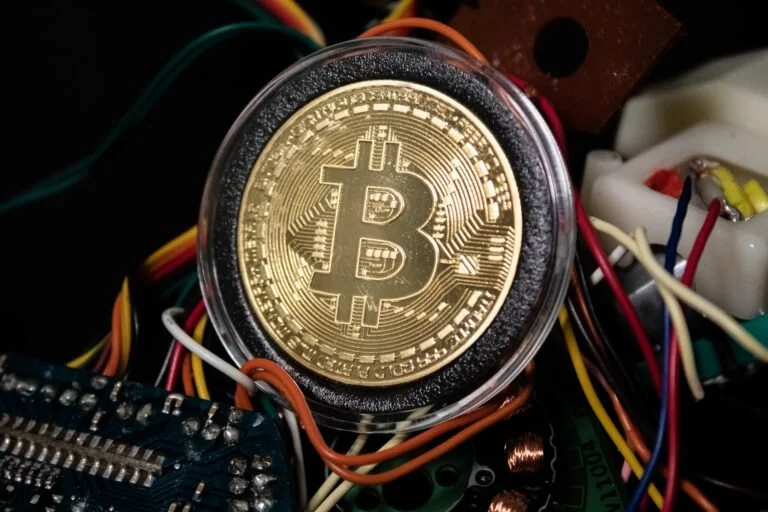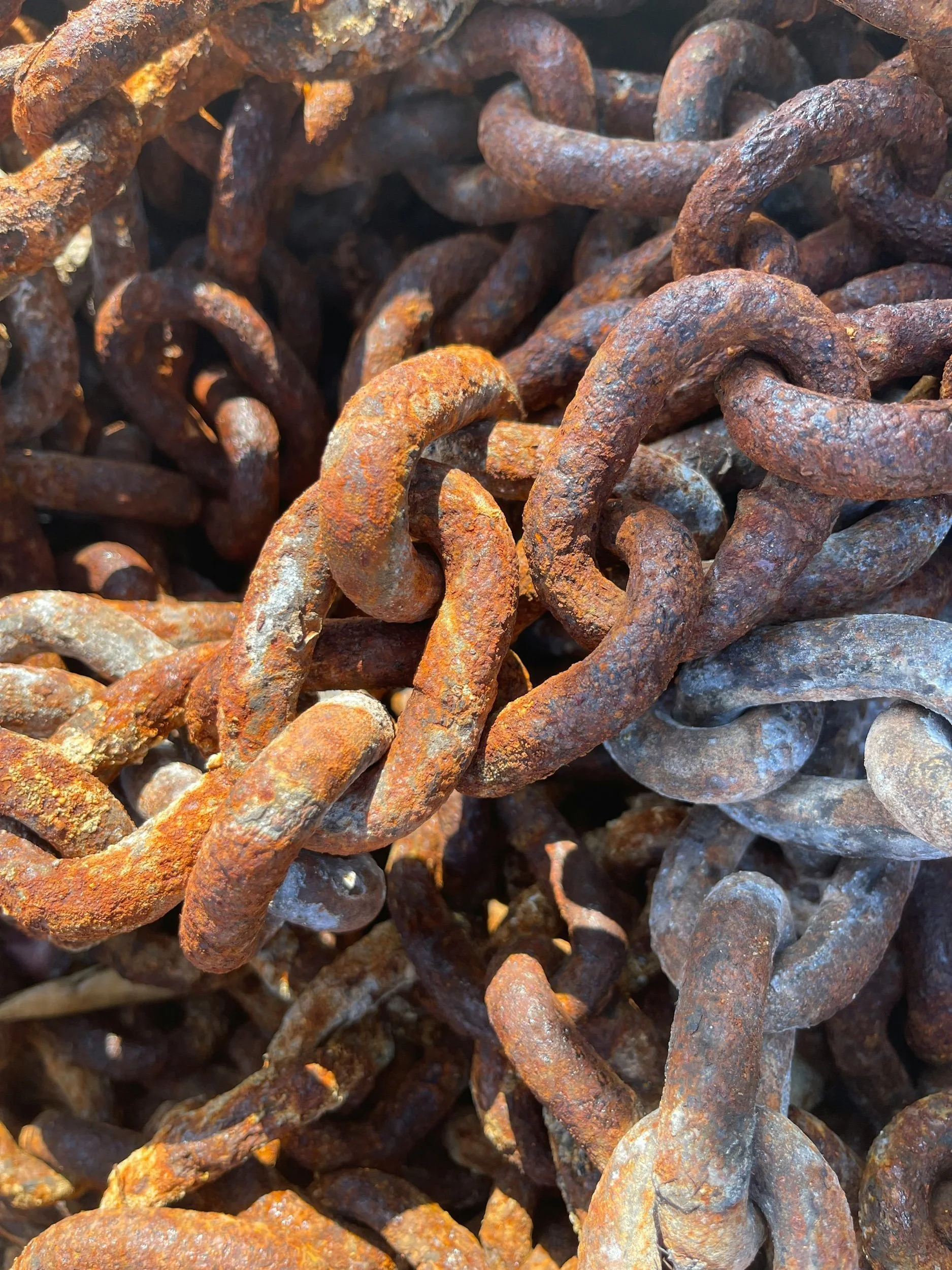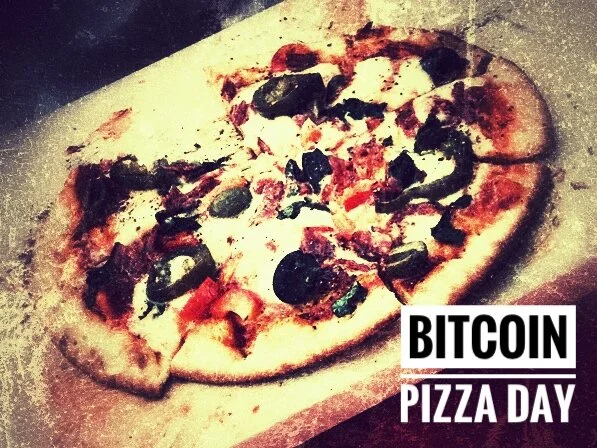We love ingenuity, and this is a fantastic example of people thinking outside of the box to create something that will forever be etched into history.
“The only people who see the whole picture are the ones who step outside the frame”
On first glance Bitcoin (BTC) block 836361 isn’t any different from other blocks, there it is block mined every 10min and it’s been doing this since 2009. The miner earns the transaction fee and a block reward for mining the block. This reward reduces by half every 210000 blocks.
Big shout out to @anilsaidso for the image
This is what is know as the halving i.e. in the upcoming halving scheduled to take place on the on 20 April 2024 (you can check here for the latest halving estimate Clark Moody Dashboard), the block reward goes from 6.25BTC to 3.125BTC.
For the mathematical minded (and financially) this is arguably the most beautiful formula in world. The simplicity of the formula and the global incentives it creates is truly a marvel.
Back to block 836361, on looking at Mempool.Space we see it was mined on 2024-03-26 10:13:48, 1.72 MB in size, with a fee span of 1-2000 sat/vB, fees paid to the value of 1.722 BTC (approx $122k) and block reward 6.25 BTC. The total subsidy and fee being 7.972 BTC (approx $567k) - not bad for a “fringe” industry event that happens every 10min of the day.
From the moment the previous block was mined 836360 (2024-03-26 10:02:23), the next set of transactions were being prioritised to be included into block 836361. This is normally optimised to ensure the block produces the highest possible return (but not necessarily - as we will see later).
Block 836361 - Expected
Mempool.Space is an incredible Bitcoin block explorer, as it shows how blocks are being constructed in real time so that those who pay more in fees are generally included in the next block. Definitely worth looking at before you send your next bitcoin transaction, be sure to check on the current block construction (fee range) and the suggested fee priority range and ensure you set your fee range on the transaction you are sending based on this information.
This is what the "expected” block for 836361 looked like just before it was mined.
Without going into too much detail, the “MARA Pool” (Marathon Digital Holdings - $Mara) solved the maths problem (*) to ensure they mined the next block, but instead of choosing the above transactions, they chose transactions with specific attributes that ensured a “very” uniform block.
(*) There is a difficulty adjustment to the maths problem miners need to solve to receive the honour (and reward) of mining the next block. Basically the more computers and processing power added to the network, the harder the problem gets. If it gets too hard, the time to mine a block will increase to greater than 10 mins per block. This difficulty adjustment allows the bitcoin network to adjusted the difficulty down so that the problem get easier so as to ensure blocks are mined ever 10mins. The difficulty adjusts every 2,016 blocks (roughly every 2 weeks).
Block 836361 - Actual (Un-filtered)
So what did this “actual” uniform block that “MARA Pool” mine look like at first glance: Here is the unfiltered link on Mempool.Space website:
If you’ve ever used the Mempool.Space website, you would known immediately that this block was different and the miner of the block had done something unusual. This wasn’t just different, it is what we call Block Art. OP_RETURN transactions are used to allow for the inclusion of small amounts of arbitrary data and are often used to embed messages or metadata on the bitcoin chain.
What the “Mara Pool” managed to do was deliberately put the the content of these OP_RETURN transactions (for an entire block) in a specific order to create the “The M Block”.
After applying the audit=false filter to the block, we get to see the true picture:
Block 836361 - Actual (Filtered)
I’d expect to see more of this going forward, well done to the Mara team who pulled this off first!
They would have had to change their software to select specific transactions that formed the desired pattern (their logo) instead of prioritising transactions that maximise their profit based on the fee density or sats/vB.
There were obviously a lot of transactions that had to be mined 10mins later. I guess this Block Art will spark a debate about if this should be allowed to happen. My advice, pay the transaction fees and go mine a block first before you impart your wisdom on this situation - opinions are cheap!
““Study Bitcoin””
DISCLAIMER
This publication is general in nature and is not intended to constitute any professional advice or an offer or solicitation to buy or sell any financial or investment products. You should seek separate professional advice before taking any action in relation to the matters dealt with in this publication. Please also note our disclosure here
















